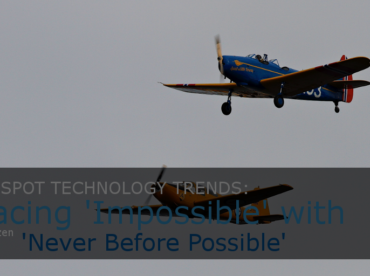 There are, in my mind, three major technology trends in this decade’s consumer electronics world: narcissism, visual realism, and naturalism in interaction.
There are, in my mind, three major technology trends in this decade’s consumer electronics world: narcissism, visual realism, and naturalism in interaction.
1) Narcissism
Narcissism is less interesting to TandemLaunch, but has become a major driver of our economy. We all want to be famous, we all want to be the greatest person on earth, and it is in many ways a biological and psychologically ingrained desire. For the first time in human history, the internet has made that possible to the masses, or at least in the somewhat narrow view of ‘fame’ which society has defined. Guys like Mark Zuckerberg understand this, and realize that if you provide people with perceived fame, they will freely give up all kinds of higher order desires like ‘privacy’. It is clear that narcissism drives a major part of the economy, including social network systems, photo sharing, and anything where you can share some part of your life. These are basically all technologies that allow you to have hundreds or even thousands of friends, be liked by tens of thousands, contribute to revolutions in far off countries, and, to put it frankly, become famous without the actual effort of having to leave your couch. How much better can it get???
2) Realism
We are entering a world where there is a strong push in consumer electronics not just for functionality, as is the case with computing power, but actual visual, auditory, and otherwise sensory realism. We have displays that are approaching the human eye’s perceptual limits (Apple’s Retina display for example) and we have audio systems that are approaching the limits of the human auditory system. This is all a push towards creating technology that looks, feels, and sounds no different than the real world, and there are still opportunities left in this field worthy of technical development.
3) Natural Interaction
Naturalness of interaction for computing devices (touch or gesture recognition), as well as interaction with other human beings, is becoming more and more necessary as many of our human to human interactions are currently done through some sort of computing device. The emergence of video conferencing, online gaming, and technologies of the like are really about a chain of interactions: interactions between a human being and a computer, that computer and another computer, and interactions between the end computer and another human being. The goal is to make that chain as natural as a face to face interaction between one human being and another. This is where I believe there is a lot of opportunity. In fact, the last trend is possibly the biggest because it is by far the least tapped into. If you do the same analysis that I just did for realism (take the set of things that human beings would like to have and subtract our current capabilities), you’re left with a laundry list of technical challenges. This is precisely why TandemLaunch’s first investment was in Mirametrix’s eye gaze technology: an affordable, non-contact, gaze tracking solution that integrates with gesture and speech recognition for your living-room environment.


